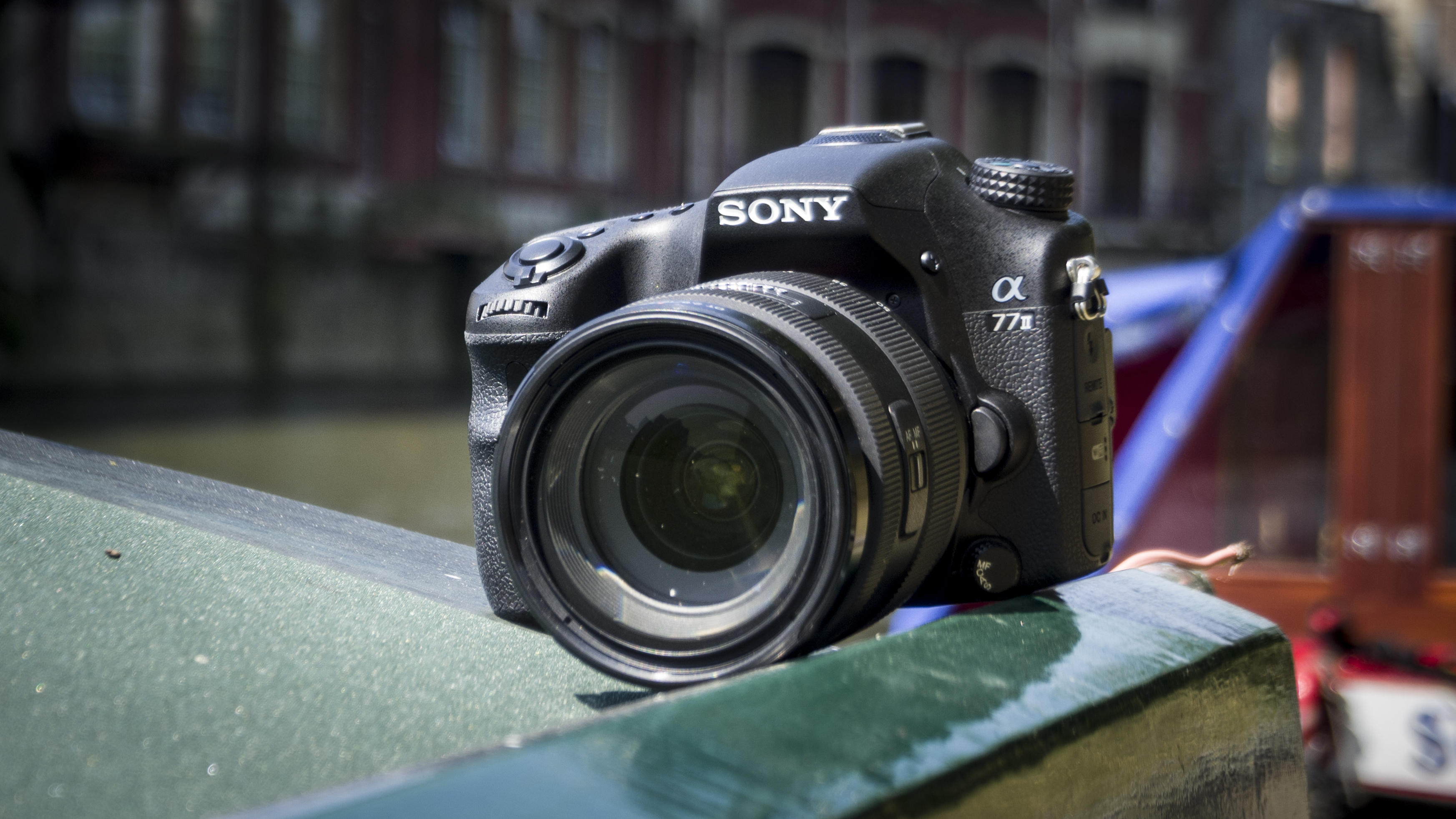Why you can trust TechRadar
While the changes made with the Alpha 77 Mark II may not seem dramatic, Sony has worked on the most important aspects – the sensor and processor – to boost speed and image quality, as well as the autofocus speed.
Many will recognise that it's sensible to stick with the same pixel count as with the Alpha 77, as 24 million captures enough detail for most purposes and allows big prints to be made. The files are also large without being unmanageable by the average modern computer.
Sony's work on the Alpha 77 II's autofocus system has paid off as it's a significant improvement upon on the original A77's. In good light it is incredibly quick and accurate. Naturally, in lower light its performance dips, but it's still very good and not far behind that of the much more expensive Canon 5D Mark III with a comparable lens. Sony has also given the A77 II a useful AF Range Control which competing cameras such as the Canon 70D and Nikon D7100 don't have.
We liked
The A77 II feels great and it's weather-resistant seals mean that you can continue to shoot if rain starts to fall. All the most important features can be accessed quickly via dedicated controls scattered across the body or the customisable Function Menu. It's also nice to have a mini-joystick controller that falls just under your thumb for selecting the AF point when you need to.
It takes a little while to get to grips with all the autofocusing options, but it's a worthwhile and enjoyable experience as it works well and delivers sharp images. It's great to have options that are normally only available in professional-level cameras.
We disliked
The vari-angle mechanism on the rear LCD screen seems a little over-complicated and strangely unintuitive. If you want to use it to shoot a selfie, for example, it can be tilted up, but it can only be rotated all the way round in one direction, so you need to make sure you twist it the right way.
It's also a shame that the screen isn't touch-sensitive, as this would make the camera seem a little more forward-looking as well as allowing faster setting selection and adjustment.
As with the Sony A7S, I also found that the eye-sensor which detects when the camera is held to the eye and automatically activates the electronic viewfinder (EVF) sometimes failed to activate the LCD screen again after the camera was taken away from my eye. However, with the A77 II this appears to occur when the battery level was dropping (it was at 34%) and charging the battery seemed to resolve the problem. It's something we've raised with Sony and we'll continue to monitor the matter.
Verdict
The Alpha 77 II delivers the promise of Sony's SLT design with fast autofocusing and accuracy when composing images on the LCD or shooting video. It also overcomes the issues caused by the reduction in light levels reaching the sensor as a result of the translucent mirror. The fact that the camera's AF system can nearly match the performance of a professional level camera that costs twice as much is very impressive. This and the A77 II's ability to control noise at high sensitivity levels makes it a very versatile camera that will be attractive to enthusiast photographers who want to shoot a wide range of subjects, everything from landscape to sport and macro to portraits, in a variety of conditions.
In addition, the camera's white balance, metering and processing systems work well and deliver generally well-exposed images with pleasantly vibrant colours in a range of situations.
